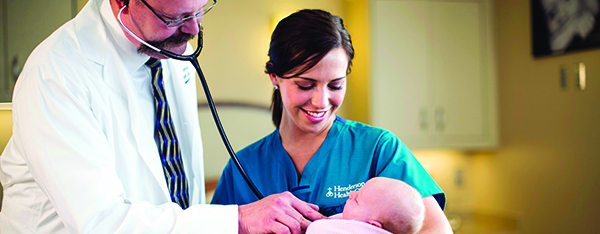Cardioversion
For many people with heart disease, drugs alone will not convert an arrhythmia to a normal heart rhythm. For these people, a procedure called cardioversion or electrical cardioversion may be necessary.
Cardioversion is a treatment for heart rhythms that are abnormal (arrhythmia). During cardioversion, a special machine is used to send electrical energy to the heart muscle to restore normal rhythm. The procedure restores the normal heart rate and rhythm, allowing the heart to pump more effectively.
Cardioversion can be used to treat many types of fast and/or irregular heart rhythms. Most often, it is used to treat atrial fibrillation or atrial flutter. But cardioversion may also be used to treat ventricular tachycardia, another arrhythmia that can lead to a dangerous condition called ventricular fibrillation (a cause of sudden cardiac death.)
During cardioversion, your heart and blood pressure are monitored and a short-acting sedative is given. Then an electrical shock is delivered to your chest wall through paddles or patches that stop the abnormal heartbeat and allow your heart to resume a normal rhythm.
Patient Feedback
“I would highly recommend Henderson health care to anyone. I had my son at the hospital and the Doctor, and nurses were absolutely amazing! It was one of the best hospital stays I’ve had. I didn’t have one negative thing to say about my stay. Everyone was so friendly and helpful and I felt like they really went above and beyond for me and my family!”


